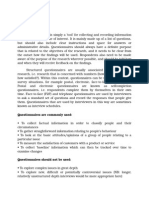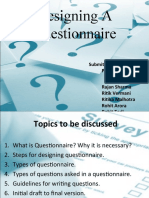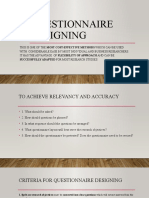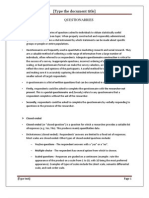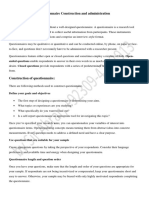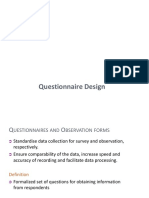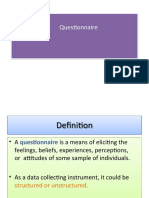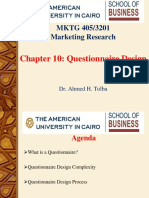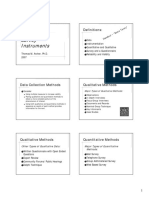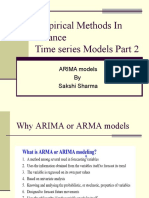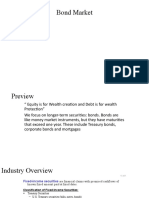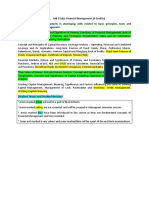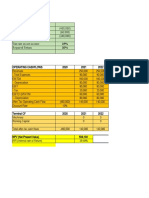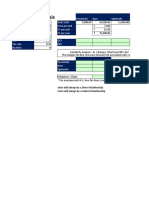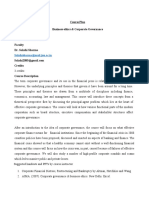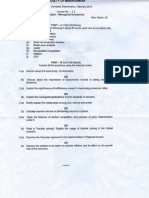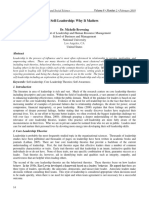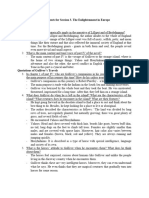0% found this document useful (0 votes)
103 views43 pagesWhy Study Business Research?: Business Research Provides Information To Guide Business Decisions
Business research provides information to guide business decisions. Research should help businesses respond to changes in the environment. Business research involves determining, acquiring, analyzing, synthesizing and disseminating relevant data and insights to decision-makers in a way that maximizes business performance. Good research has a clearly defined purpose, a detailed research process, is thoroughly planned and designed, maintains high ethical standards and adequately analyzes conclusions.
Uploaded by
Sakshi SharmaCopyright
© © All Rights Reserved
We take content rights seriously. If you suspect this is your content, claim it here.
Available Formats
Download as PPT, PDF, TXT or read online on Scribd
0% found this document useful (0 votes)
103 views43 pagesWhy Study Business Research?: Business Research Provides Information To Guide Business Decisions
Business research provides information to guide business decisions. Research should help businesses respond to changes in the environment. Business research involves determining, acquiring, analyzing, synthesizing and disseminating relevant data and insights to decision-makers in a way that maximizes business performance. Good research has a clearly defined purpose, a detailed research process, is thoroughly planned and designed, maintains high ethical standards and adequately analyzes conclusions.
Uploaded by
Sakshi SharmaCopyright
© © All Rights Reserved
We take content rights seriously. If you suspect this is your content, claim it here.
Available Formats
Download as PPT, PDF, TXT or read online on Scribd
/ 43
